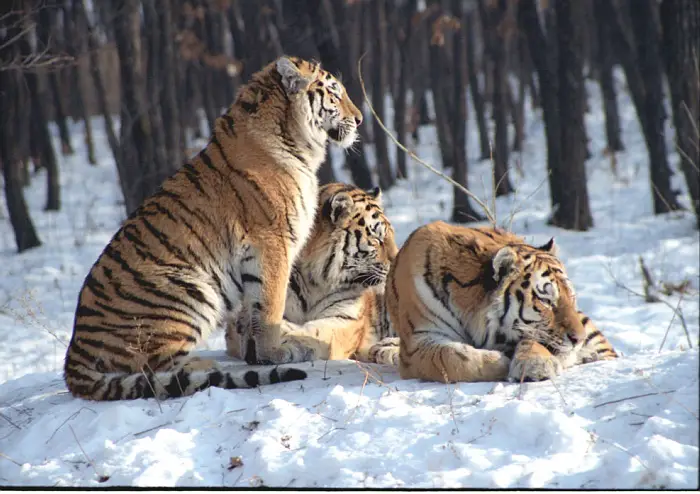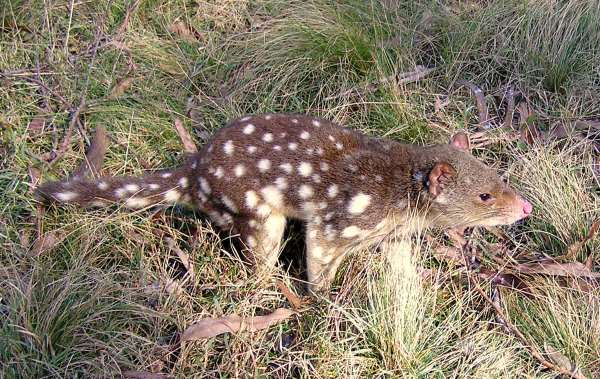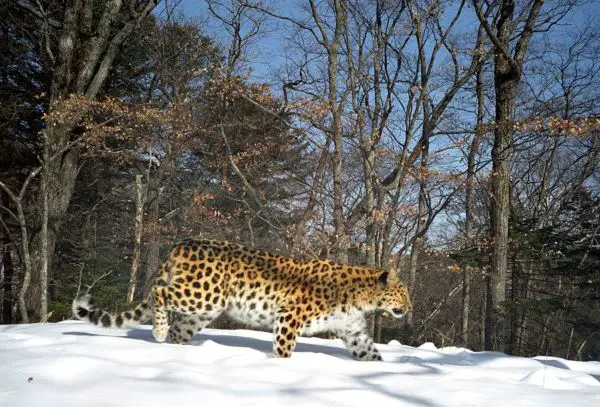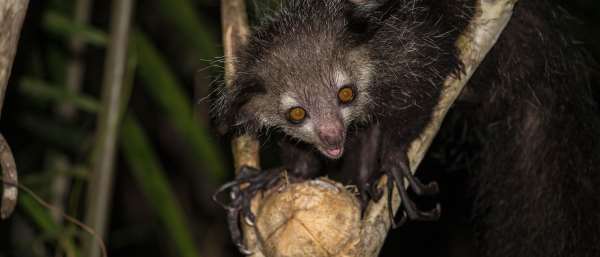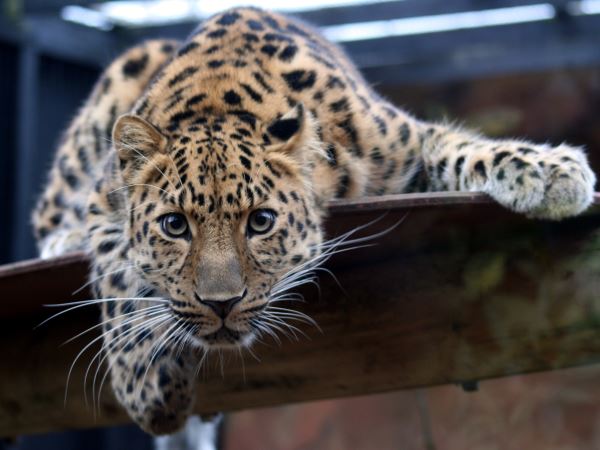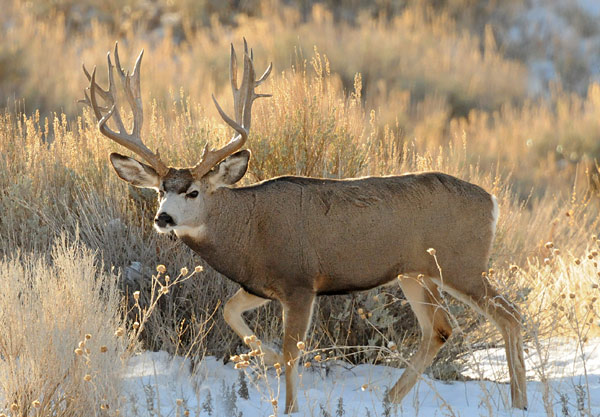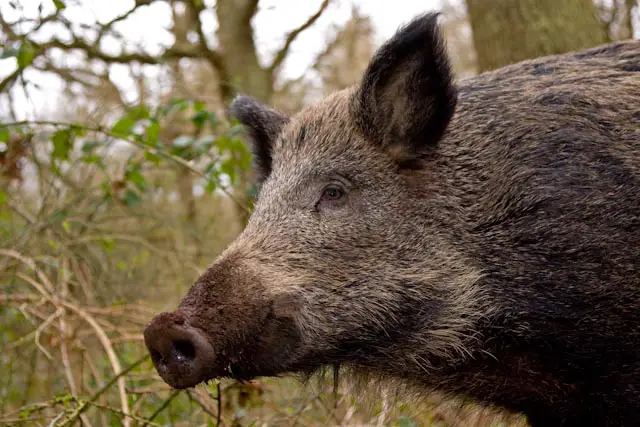Category: Mammals
Mammals are those warm blooded air-breathing vertebrate animals that are categorized by their hair, three middle ear bones, and the mother nurse their young ones with milk.
-
How a Tiger in the Jungle Can Influence Humans Living in Cities?
India is a beautiful home to diverse wildlife. Its rich heritage of forests, grasslands, ecosystems thrive together in harmony. If any of these systems are compromised, there will a conflict that will cause discord. One such species is our very Tiger from the cat family. According to a recent study, the number of tigers in…
Written by
-
Siberian Tiger Habitat | A Tiger in its Natural Habitat
The Siberian tiger (Panthera tigris altaica) is the largest of all cats. It lives in the Russian Far East. Unlike Bengal tigers, the Siberian tiger is adapted to living in extreme cold climates of Siberia. The historical range of a tiger was extended to Lake Baikal, Mongolia, north eastern China, and Korean Peninsula. However with…
Written by
-
Deer Mouse Facts
The deer mouse (Peromyscus maniculatus) is a small North American rodent. It is not found in the southeast United States. The white-footed mouse is a close cousin of deer mouse. It is also called field mouse and vesper mouse. There are three subspecies of deer mouse; prairie deer mouse, woodland deer mouse, and cloudland deer…
Written by
-
Sumatran Orangutan Facts | The only Asian Ape
The Sumatran orangutan (Pongo abelii) is an ape that lives on the island of Sumatra, Indonesia. It is a critically endangered species. Sumatran orangutans are disappearing from all its major habitats and today they are found in small isolated pockets around Lake Toba. Orangutans occupy habitats in the north of the Lake. They are hunted…
Written by
-
Amur Leopard Habitat – Where do Amur Leopards Live
Among the big cats, Leopards are the only ones that are found in a wide variety of habitat that ranges from snow capped mountains to the hot deserts. And among the Leopards, the Amur Leopard is found in a cool climate and has naturally adapted to survive in the extreme winter. As its name suggest,…
Written by
-
Javan Tiger Facts | Extinct Tiger Species
The Javan tiger (Panthera tigris sondaica) is an extinct tiger subspecies. The tiger died out in 1970s. Like Bali and Sumatran tiger, Javan tigers also lived on the islands of Indonesia. The last of the wild Javan tigers was seen in 1976 in the Meru Betiri National Park. In the National Museum of Natural History,…
Written by
-
Aye Aye Facts | Strange Primate of Madagascar
The aye aye (Daubentonia madagascariensis) is probably the strangest of all primates. The lemur lives in the forests of Madagascar which is not surprising as most lemurs are native to the island. The aye aye is the largest nocturnal animal in the world. It has long been the victim at the hands of local people.…
Written by
-
South China Tiger Facts | Smallest Tiger of Asia
The South China tiger (Panthera tigris amoyensis) is the Asia’s smallest tiger. It is also one of the rarest tigers in the wild. The International Union for the Conservation of Nature has listed it as critically endangered species. The tiger was thought to be extinct in the wild before 1996. Scientists believe that there might…
Written by
-
Leopard Facts for Kids – Classification, Appearance, Behavior, Habitat, Diet
Leopard is a medium sized cat with different colors ranging from pale yellow to creamy and chestnut. Leopard is among those members of the Cat Family(Felidae) that are capable to climb trees easily. Being carnivorous (meat-eating) land mammals, leopards are naturally built to hunt other animals and they have the habit of dragging their hunt up…
Written by
-
Where Do Tigers Live | Tigers Habitat and Range
Gone are the days when tigers ruled the forests of Asia during the late Holocene and Pleistocene epoch. They had lived in large numbers on the Indonesian islands of Sumatra Bali and Java. However in the 20th century big cats disappeared from all the major habitats in western Asia. Prominent among the causes were human…
Written by
-
Mule Deer Facts | Anatomy, Diet, Feeding Behavior
The mule deer (Odocoileus hemionus) is a native medium-size mammal of the western United States. It earns its name because of its unusually large ears which is similar to the mule. The mule deer is likely to be smaller in size than the white-tailed deer. They have acute sense of hearing and eyesight with the…
Written by
-
Wild Boar Facts | Anatomy, Diet, Habitat, Behavior
The wild boar (Sus scrofa) is medium-size native mammal of Africa and Eurasia. Most species of pigs evolve from the wild boars. While humans make the animals redundant in its natural habitats the wild boar is one such animal which is spread with the human intervention. It is also called wild swine or Eurasian wild…
Written by
-
Mountain Goat Facts | Anatomy, Diet, Habitat, Behavior
The mountain goat (Oreamnos americanus) is a North American herbivorous mammal. It finds its homes in alpine and subalpine habitats. Rocky mountain goat is the other name of mountain goat. It is an even-toed ungulate and it belongs to the family Bovidae. The mountain goat is one of the highest living large mammals. Mountain Goat…
Written by
-
Desert Bighorn Sheep Facts | Anatomy, Diet, Habitat, Behavior
The desert bighorn sheep (Ovis canadensis nelsoni) is a bighorn subspecies that is typically found in the deserts of Northwestern Mexico and Southwestern United States. They are thought to go by many days without drinking. The sheep is similar in size to a mule deer. Bighorn sheep are desert animals. The general trend in the…
Written by


